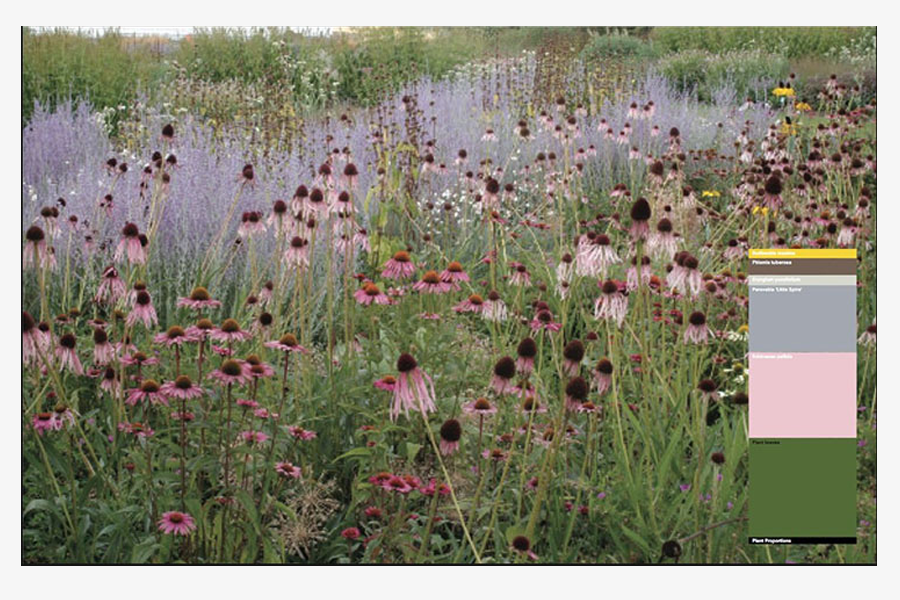Seednergies
Levanger (NO) - Mentionné

Laura Solsona et Eduard Fernández
DONNÉES DE L’ÉQUIPE
Associés : Laura Solsona (ES), Eduard Fernàndez (ES) – architectes
Collaborateurs: Quyền Lê (VT) – urban designer ; Nguyệt Trần (VT) – architecte paysagiste
self-office
Barcelona, Spain
+34 618393293
self.selfoffice@gmail.com / www.self-office.net
PORTRAIT D'ÉQUIPE
VIDEO (par l'équipe)
INTERVIEW
Cliquer sur les images pour agrandir
1. How did you form the team for the competition?
All of us lived in Sydney by then and we thought it was a good idea to enter a competition together, combining our expertises and professional backgrounds.
2. How do you define the main issue of your project, and how did you answer on this session main topic, Living cities?
We wanted to challenge conventional notions of Urban Design, which historically have only been focused on the built environment and economic growth, neglecting other matters that are crucial for our environment. Today, car-based development, urban sprawl, and industrial activities are creating pressure on recreational open spaces and natural habitats, which are important for the quality of life and biodiversity. In response, we believe that new synergies between the built environment, local ecosystems, and the use of public space must be established in order to create more resilient cities and communities.
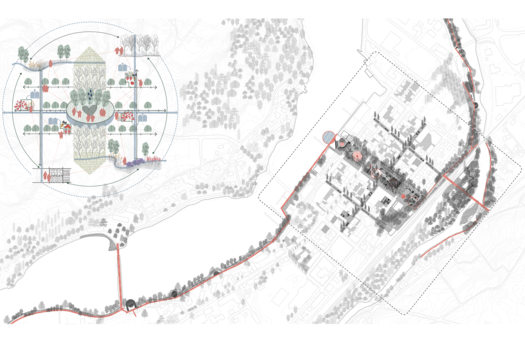
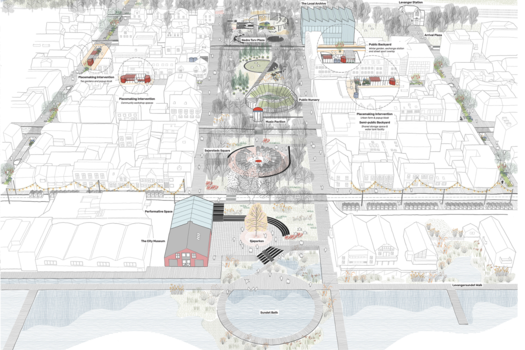
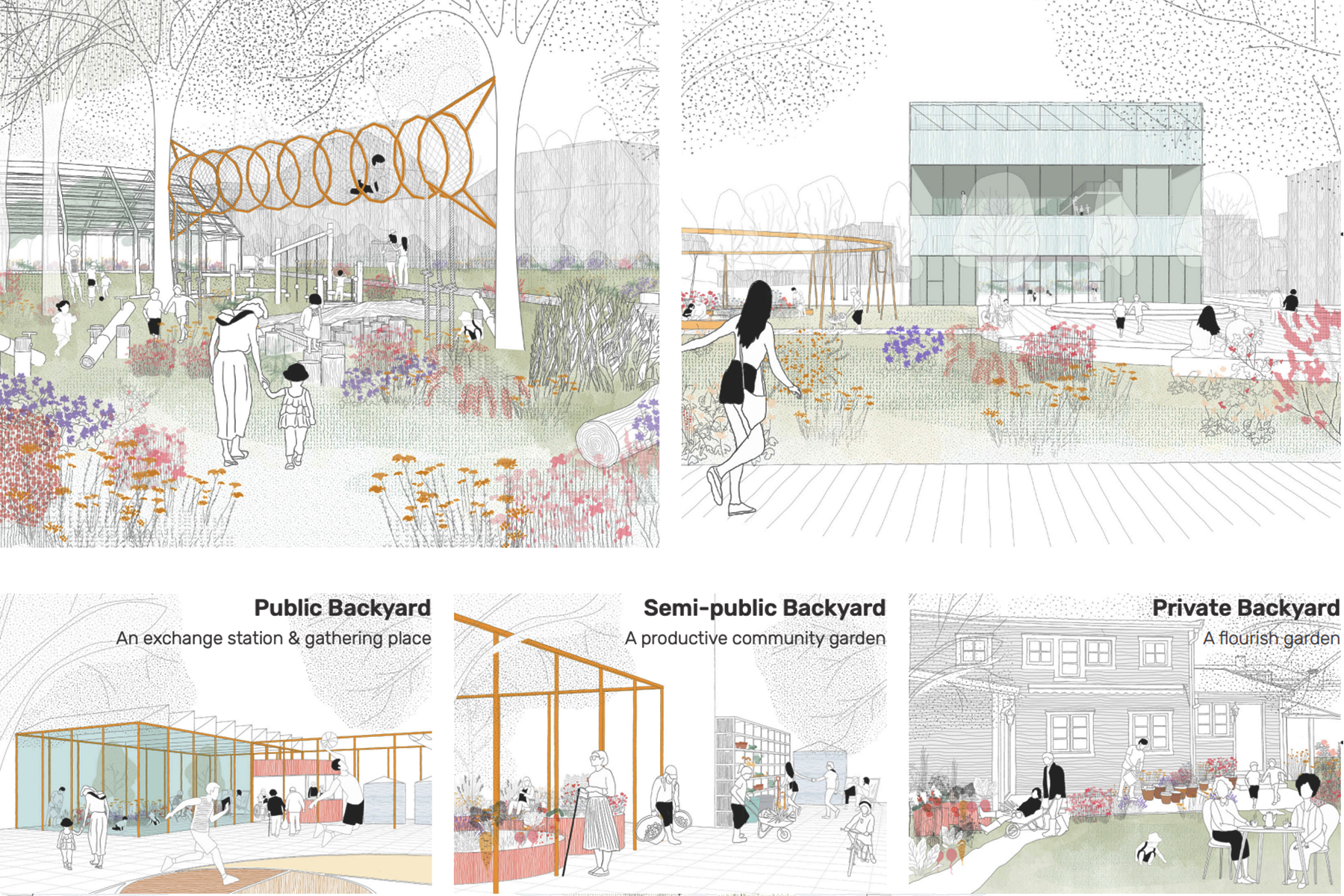
Rather than fixed solutions, we proposed a series of long-term strategies which make Levanger not only more sustainable, but challenge old habits on the way we see our cities, encouraging its inhabitants to come along, share, and grow in parallel to their living environment. Thus, this urban transformation is understood as a participatory process, where humans play an active role in the renaturalization of the public space. The relationships between a new research centre and public nursery, together with the self-management of open spaces, are key for this process.
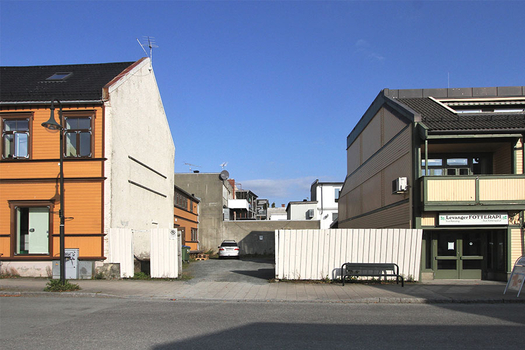
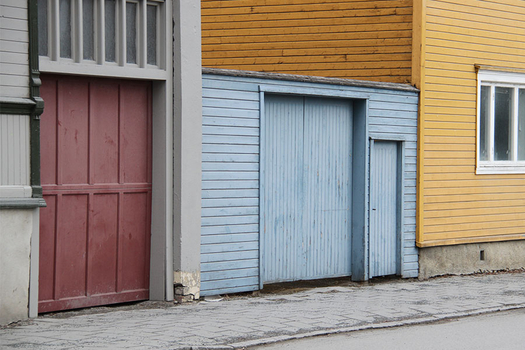
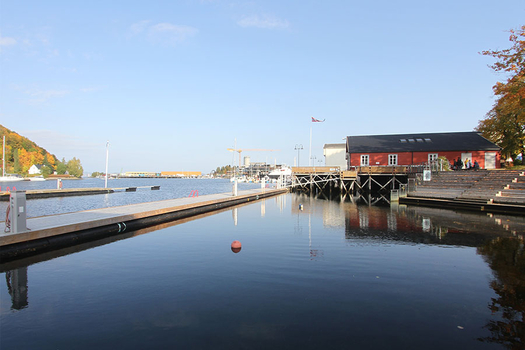
We like to enter urban competitions because it allows us to expand our knowledge about cities and their environment. Although this issue has been specifically discussed for our site, this is an ongoing conversation for us. We take advantage of any opportunity we have, to keep researching on these topics and learning from different approaches. For this competition, we looked at some of the projects, texts and reflections made by professionals like 51N4E, Pier Vittorio Aureli, Piet Oudolf, Gilles Clement, or AMO, among others.
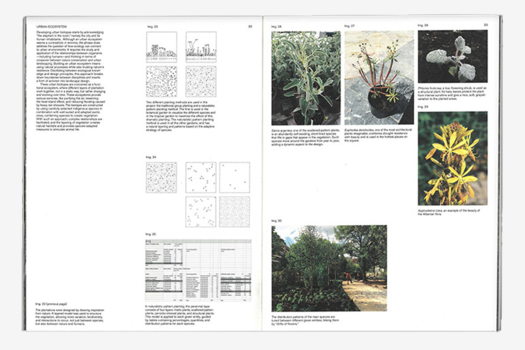

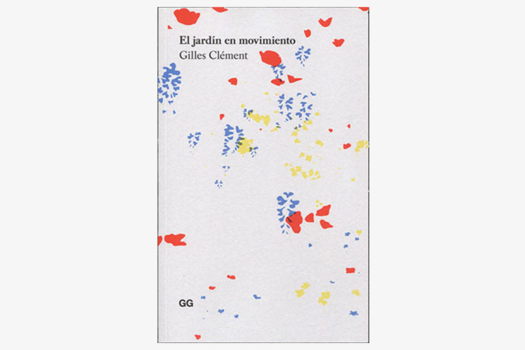
We established a series of strategies that, yet being interconnected, can be applied in three different stages over time. The stage one defines an urban perimeter for slow mobility, redesigning the park axis and creating two anchor buildings - a public library with a research centre, and and a museum with a performative space. In addition, the construction of a public nursery and the implementation of a framework for the backyard spaces will give rise to community initiatives in the historical centre. The second stage commences with the construction of two walks along the Levangersundet and Levangerelva, creating new territorial connections and establishing a system of open spaces. Lastly, the third stage introduces a new bus network, and closes some streets to traffic creating new pedestrian corridors. This allows for temporary cultural activities, facade activation, and the incorporation of a blue-green grid that takes advantage of natural and local resources.
6. Is it the first time you have been awarded a prize at Europan? How could this help you in your professional career?
Yes, it is. The topic of this year is an ongoing conversation for us that can be applied in different projects. We hope this award might bring some opportunities to keep discussing these matters with other professionals in the future.
IDENTITÉ DE L'ÉQUIPE
Agence : self-office
Fonction : architecture, paysage







